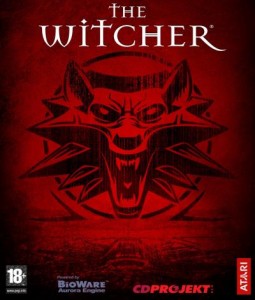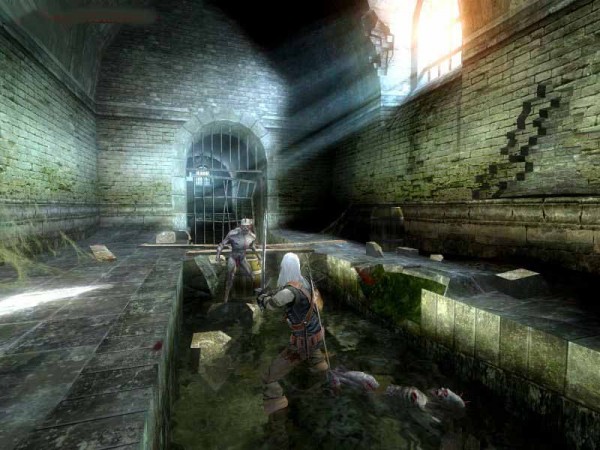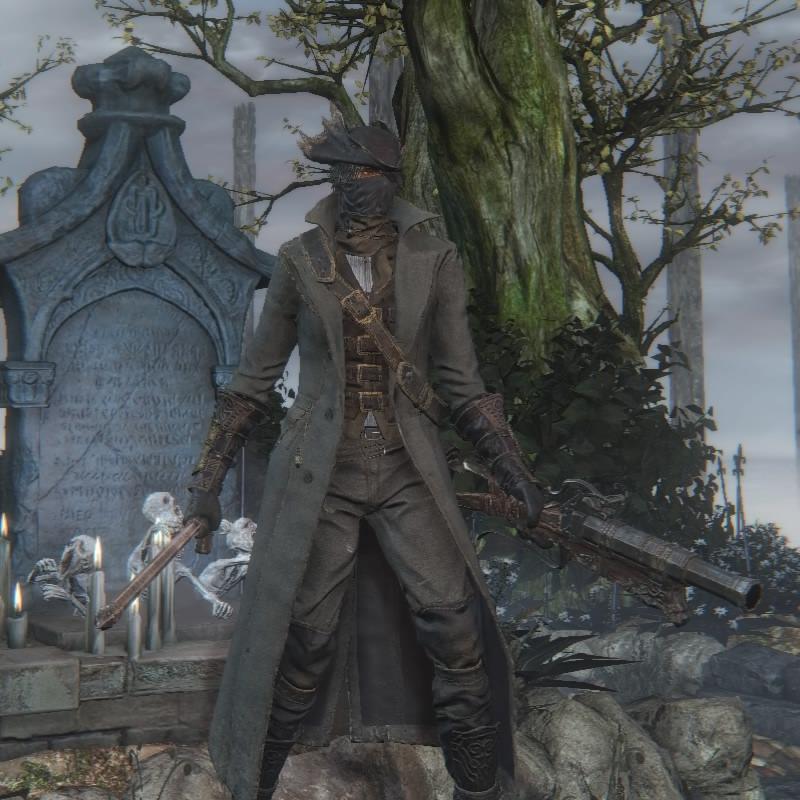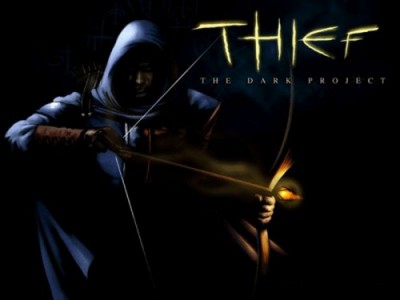 I was very much intrigued by The Witcher the very first time I heard about it, back around 2005 or so. “Dark Fantasy” had not really been a huge thing back then and the concept sounded like a fresh new approach to the genre that to me was mostly defined by The Lord of the Rings and Dungeons & Dragons. The game was released in 2007 and I played it the first time not very long after that. However, I never actually finished it. And greatly enjoying the books now and wanting to play the second game again, it seemed the appropriate thing to give this game another go.
I was very much intrigued by The Witcher the very first time I heard about it, back around 2005 or so. “Dark Fantasy” had not really been a huge thing back then and the concept sounded like a fresh new approach to the genre that to me was mostly defined by The Lord of the Rings and Dungeons & Dragons. The game was released in 2007 and I played it the first time not very long after that. However, I never actually finished it. And greatly enjoying the books now and wanting to play the second game again, it seemed the appropriate thing to give this game another go.
Background
The Witcher is based on a series of fantasy books written by Andrzej Sapkowski during the 90s. Basically it started out as taking themes and archetypes from Grimm’s Fairy Tales with some elements of Polish folklore and turning them into serious modern tales of violence and prejudice. It’s a bit similar to what Neon Genesis Evangelion did in Japan with it’s own take of children controling giant robots to fight city annihilating monsters to save the earth. Though usually there’s also a good amount of small meta-jokes here and there that really go a long way in keeping the books from drifting into grimdark territory. The main hero is Geralt of Rivia, the Witcher. When the world was still full of monsters that threatened the survival of human civilization everywhere, the Witchers were created to be superhuman monster slayers, highly trained in swordfighting and the basics of magic and turned into alchemical mutants through various potions that give them immunity to disease, resistance to poison, accelerated healing, hightened senses, and so on. But as the world has become more and more pacified many people doubt that these dangerous freaks are still necessary and there are only very few of them left and even fewer new ones being trained. But as monsters are starting to go extinct, it becomes very clear that this won’t make the world any more safer or peaceful as people are really one of the biggest source of violence and missery. While the last book in the series was published in 1999 and has been translated into over a dozen languages, the English translation has always been very late and the final three books are only being released in English right now, with the last one coming in 2017. The game takes place 5 years after the last book, which of course kind of spoils the ending of the series, but given the popularity of the games it’s pretty much like “I am your father!” and “Aeris dies” now. However, given the themes and moods of the series, I am really not feeling like this makes reading the books any less fun or exciting. The game does a very good job of remaining very brief on what exactly happened during the books and don’t really tell you anything about what was going on at the final showdown. Still, feel yourself warned when I go deeper into the story later in this review, where I will mention how the transition from the books to the game takes place.
 Gameplay
Gameplay
The Witcher is in many ways a “classic western RPG” with lots of similarities to various Dungeons & Dragons games, The Elder Scrolls, or Dragon Age. However, because you’re playing a fixed character and there is a pretty clear main story, it’s in many ways much closer to the Mass Effect games. I think the closest comparison would probably be the Gothic series that was developed and released in the early 2000s, but to my knowledge didn’t get very popular outside of Germany. (It was a huge hit here, though.)
Geralt is very well known for the signature weapons of a witcher. A steel sword and a silver sword. Steel is the weapon of choice to kill people and animals but does relatively little damage to supernatural creatures. The silver sword is much better suited to that, but is more blunt in comparion and not ass effective against regular enemies as the steel sword. Though, how Geralt himself puts it “both are for monsters”. Since Geralt is a swordsman through and through, fighting with a sword and no shield is the primary, and effectively only form of combat. You can pick up daggers, axes, and clubs from enemies, but your skill with these doesn’t ever improve while you can become a total beast with your swords. There are three modes of fighting. A strong mode for big and heavily armored enemies, a fast mode that deals the most damage to small and fast enemies, and a group mode in which you lash out against every enemy around you. The group mode deals the least damage per strike, but since you’re hitting lots of enemies at the same time its perfect any time you are dealing with three or more enemies at once. While this is a neat idea in theory, there is very little strategy involved. Usually you can see immediately if the enemy takes more damage from strong or fast mode attacks and all you do is press the button to select the right mode for the current enemy. There is never really a question which mode might work best, it’s always obvious so there isn’t really any choice or tactics involved. The main tactical element of combat is deciding where to stand, which enemy to aim at, and when to move to a new position to avoid getting swarmed by to many opponents at once. But that’s also what you do in Baldur’s Gate or the first Dragon Age and while the animations of Geralt’s awesome fencing style look amazing at first, the novelty of it quickly runs out. Combat is serviceable, but not a particular highlight of the game. The second game went the right way with getting ride of modes and giving you a strong attack button and a fast attack button instead. Continue reading “Game Review: The Witcher”


 I was very much intrigued by The Witcher the very first time I heard about it, back around 2005 or so. “Dark Fantasy” had not really been a huge thing back then and the concept sounded like a fresh new approach to the genre that to me was mostly defined by The Lord of the Rings and Dungeons & Dragons. The game was released in 2007 and I played it the first time not very long after that. However, I never actually finished it. And greatly enjoying the books now and wanting to play the second game again, it seemed the appropriate thing to give this game another go.
I was very much intrigued by The Witcher the very first time I heard about it, back around 2005 or so. “Dark Fantasy” had not really been a huge thing back then and the concept sounded like a fresh new approach to the genre that to me was mostly defined by The Lord of the Rings and Dungeons & Dragons. The game was released in 2007 and I played it the first time not very long after that. However, I never actually finished it. And greatly enjoying the books now and wanting to play the second game again, it seemed the appropriate thing to give this game another go. Gameplay
Gameplay